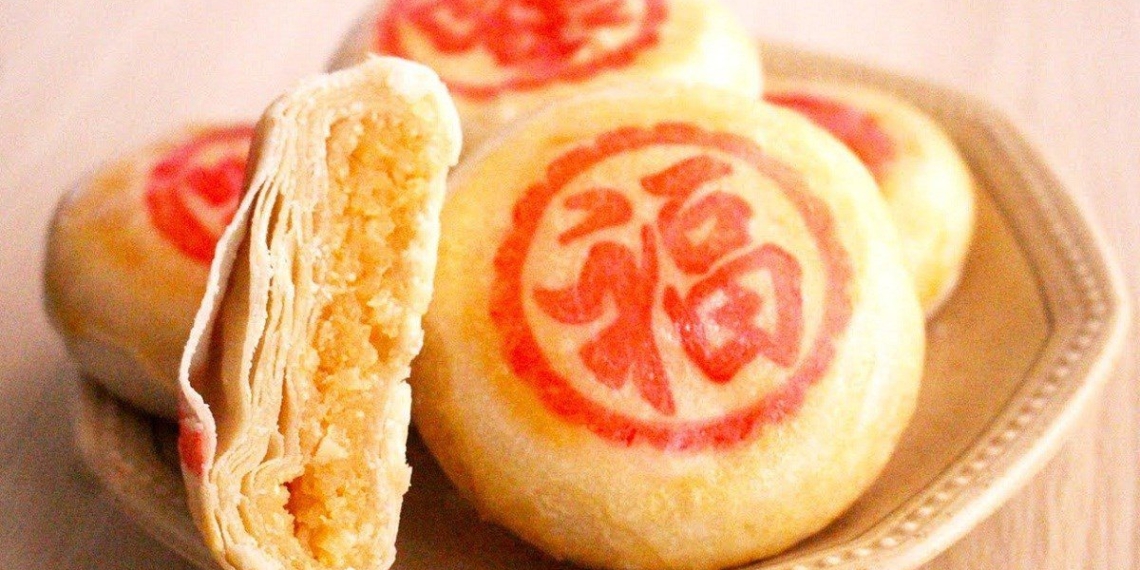-
Preparation
5 minutes
-
Processing
1 hour
-
Difficulty
Medium
Pia cake is a cake that was introduced by the Chinese in the Southwest region and gradually became popular nationwide thanks to its delicious and attractive flavor. Especially, you can get into the kitchen to make coconut milk-filled pia cake following the instructions in the article below.
Ingredients for Coconut Milk-Filled Pia Cake For 4 people
Grated coconut 220 g Powdered milk 20 g Condensed milk 100 ml Coconut cream 100 ml Glutinous rice flour 20 g Vanilla 1 ml Wheat flour 150 g Tapioca flour 6 g Cooking oil 50 ml Sugar 25 g Chicken egg 1 piece Sesame oil 1/3 teaspoon
Prepare a little red food coloring and a cake stamp.
Tools: Oven, sieve, rolling pin, stove, non-stick pan,…
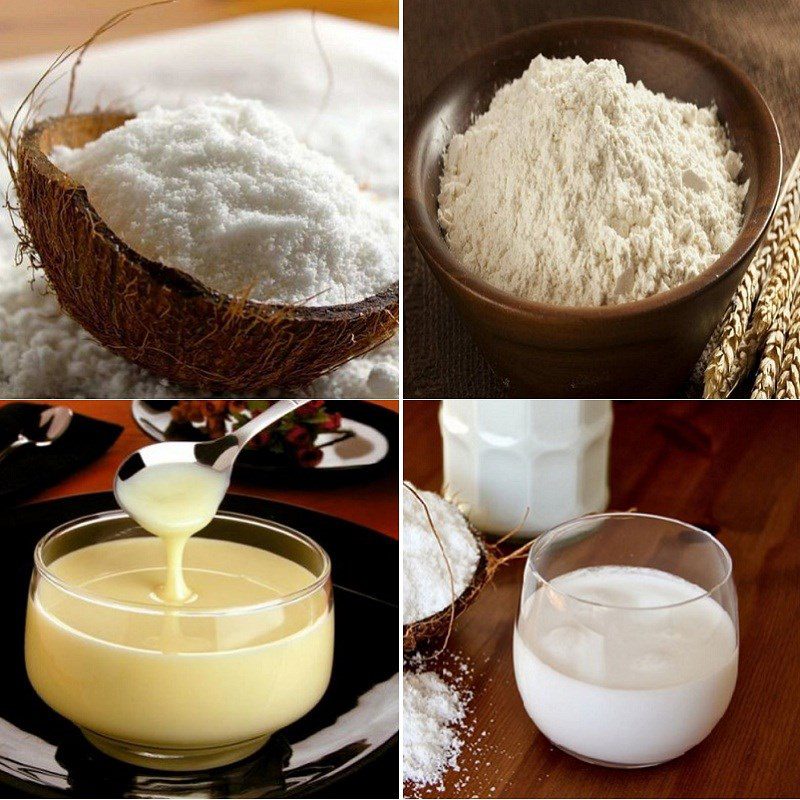
How to make Pia cake with coconut milk filling
-
Mix the coconut milk filling
Put 220g of grated coconut in a bowl and mix it evenly with 20g of powdered milk, then add 100ml of condensed milk and mix well.
Cover the bowl tightly with plastic wrap and let the coconut milk mixture sit for 45-60 minutes for the grated coconut to absorb the milk.
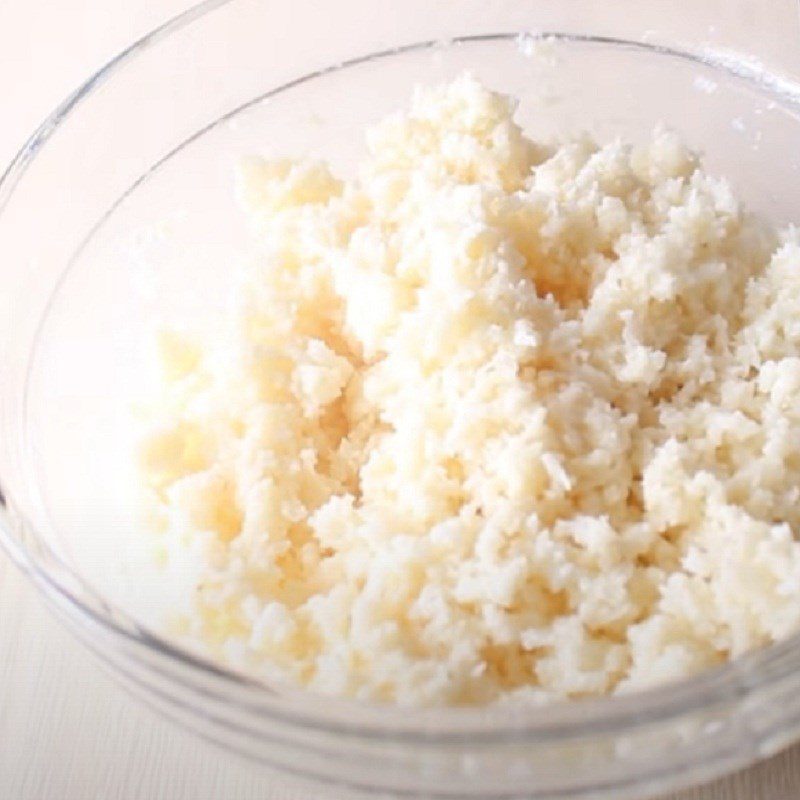
-
Cook the coconut milk filling
Add 100ml of coconut milk to a pan, turn the heat to medium, and cook until the coconut milk is gently boiling, then pour in the marinated coconut mixture from above. Reduce the heat to low and stir continuously until the coconut is slightly dry but still moist, then turn off the heat.
Remove the filling pan from the heat and sift 20g of sticky rice flour evenly into the mixture and mix well. Next, add 1ml of vanilla extract or half a tube of vanilla powder into the filling pan, mixing well for fragrance.
Note: When cooking the filling, you should see the coconut strands are dry, slightly dry but still moist for the filling to be perfect. Do not cook too long as the coconut will become dry and lose its flavor.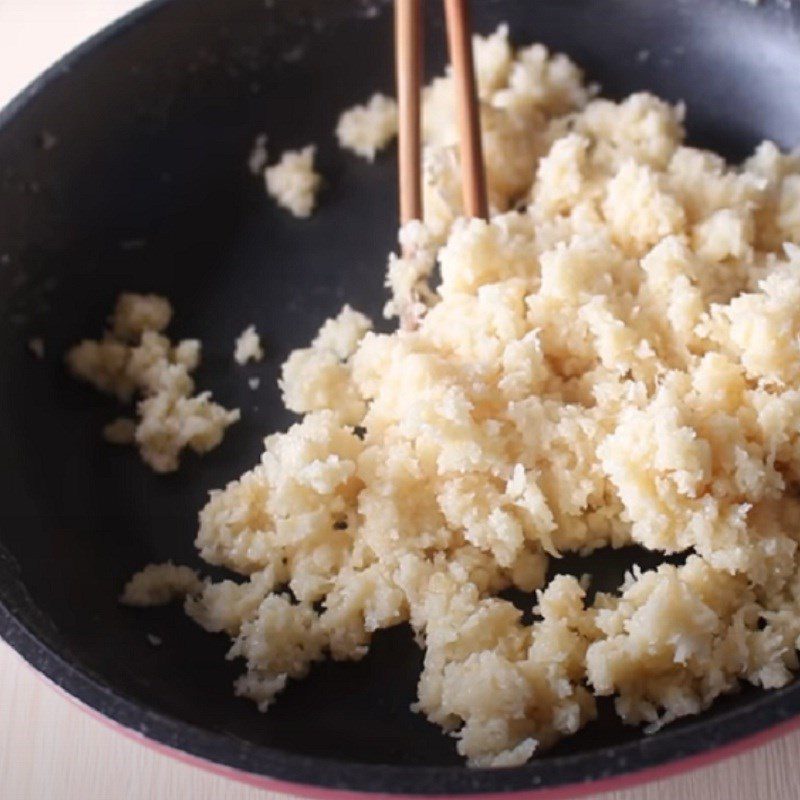
-
Make the dough for the cake skin
In a bowl, combine 60g of flour with 6g of tapioca starch, then add 20ml of cooking oil and mix until the oil is combined with the flour to form a mixture that is half dry and half wet. Then put on gloves and knead lightly until the dough is soft, smooth, and non-sticky to the touch.
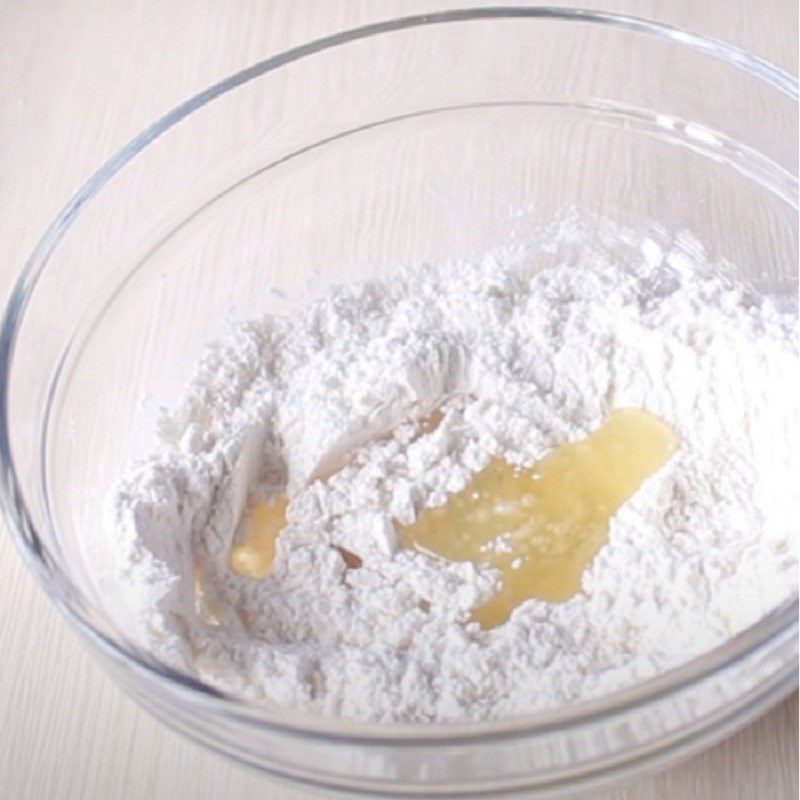

-
Make the outer dough
Add 35ml of water, 20ml of cooking oil, and 25g of sugar into a bowl, and stir to dissolve the mixture. Then gradually add 90g of flour into the bowl, mixing thoroughly until the flour is gone, you will have a slightly wet dough.
Wear gloves to knead the dough until it is soft, pliable, smooth, and not sticky to your hands.
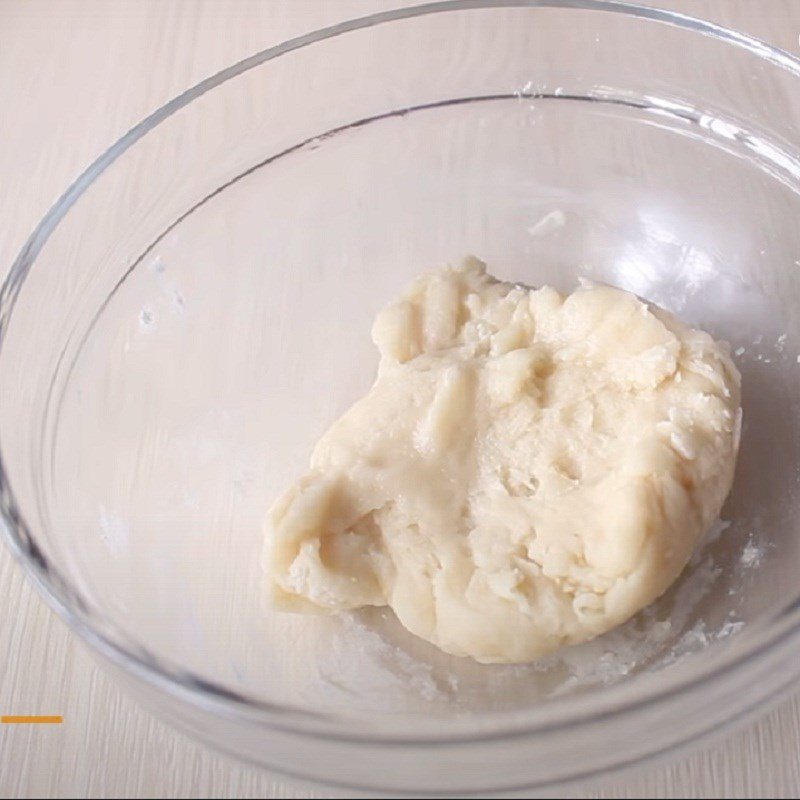
-
Mix the color for stamping
Dissolve some red food coloring in a little water, then place a thin cloth in it to let the cloth absorb the color evenly. This helps the stamp pressed onto the cake to absorb the color evenly, creating clearer and more beautiful letters on the cake surface.
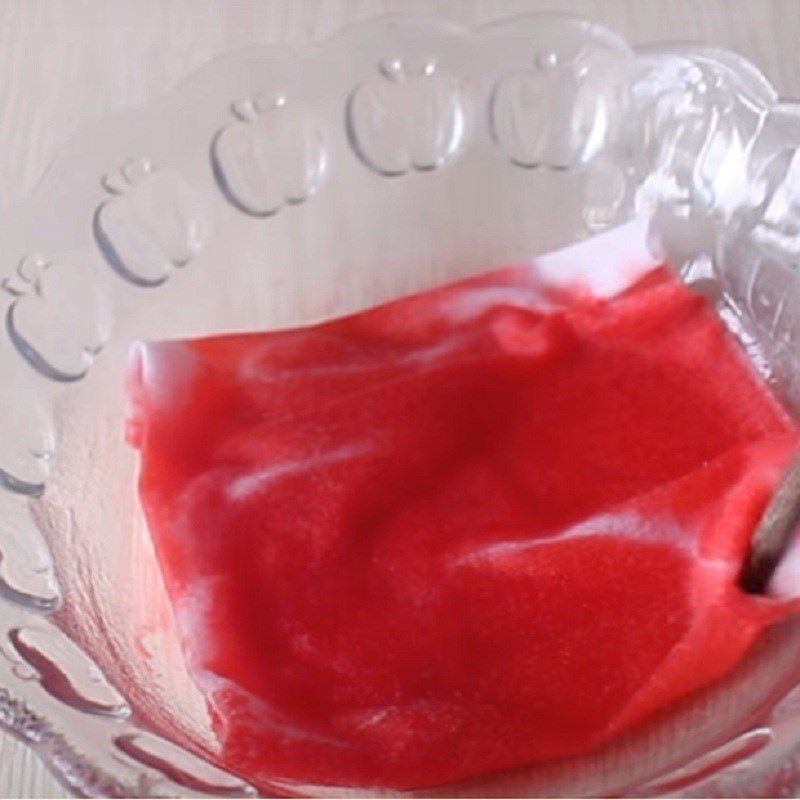
-
Roll and divide the dough
Take the dough for the cake filling and place it on a clean surface, knead it briefly, roll the dough into a long shape, then divide it into 5 equal parts, and roll them into balls.
Do the same with the outer dough, knead it briefly, then divide it into 5 equal parts and roll them into balls.
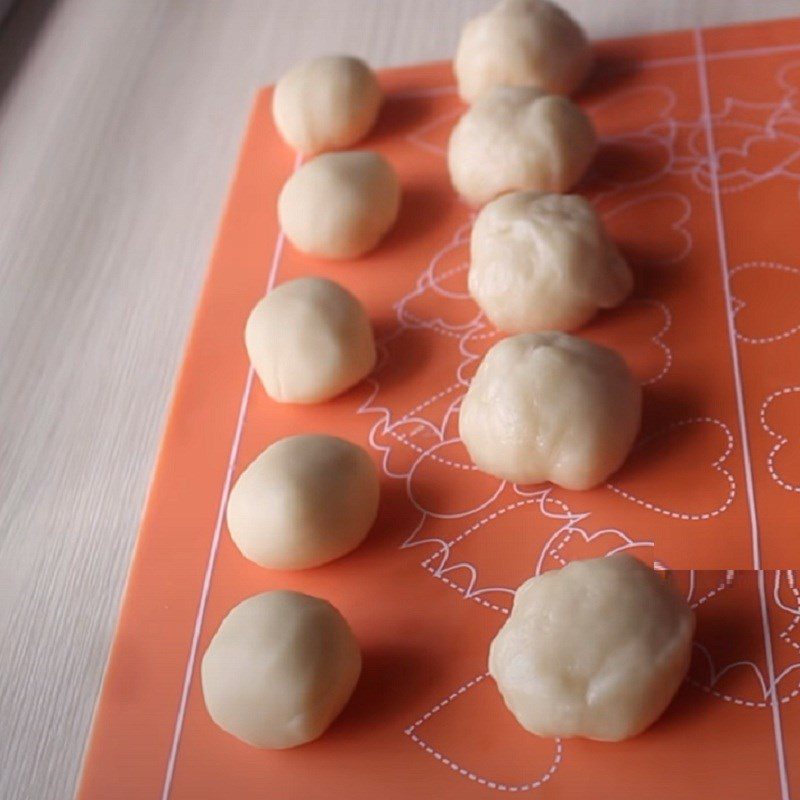
-
Shaping the cake
You take a piece of outer dough, pull and roll the edges of the dough continuously inward to create a smooth surface. Place the dough ball on a flat surface, using a rolling pin to flatten it.
Next, place the filling dough in the center of the outer dough piece, use the outer dough piece to wrap the filling dough inside, pinching the dough tightly to avoid any gaps.
You place the smooth side down on the flat surface, using the rolling pin to roll from the center upwards and then back down from the center. Roll multiple times to make the dough thin and oval-shaped.
Next, you roll the dough up, placing it horizontally, and from the center, roll the dough to both sides. Then roll the dough up again. Flatten the rolled dough, and roll it thin. Shape the filling into a ball the size of a ping-pong ball, place it in the center of the dough, wrap it tightly, and roll it evenly.
You use a stamp that has been soaked in water to print on the surface of the cake, press the cake down slightly and gently rotate it, so the print is clear. Finally, you take the cake to bake.
Note:If you are not used to it, you should not roll the dough too thin, as adding the filling dough may tear the outer dough, making it difficult to roll and look unappealing.
Do not roll the dough starting from the bottom up or from the top down, as this will cause the filling dough inside to be unevenly distributed.
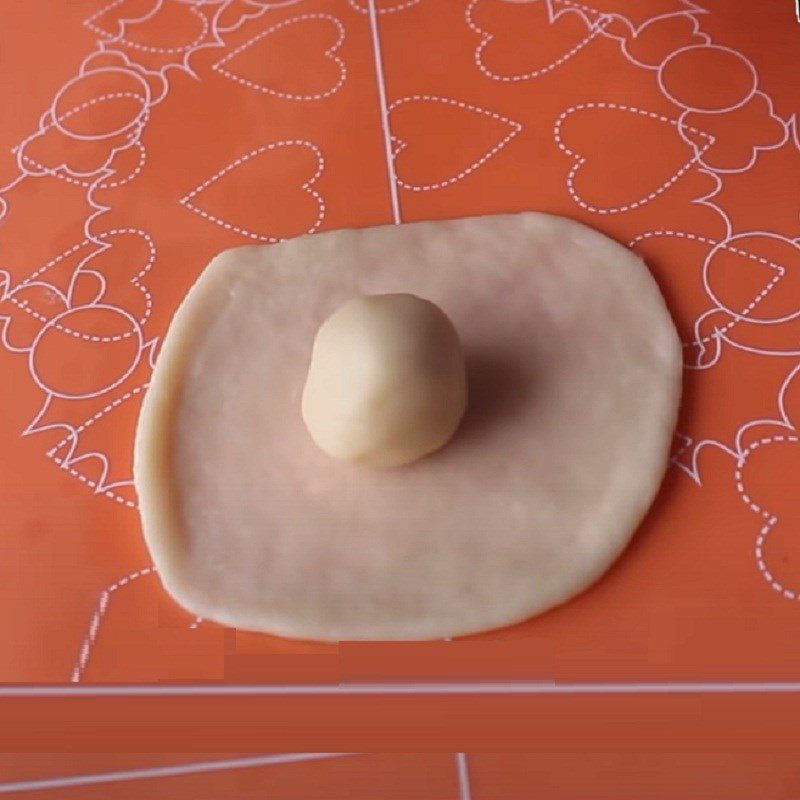
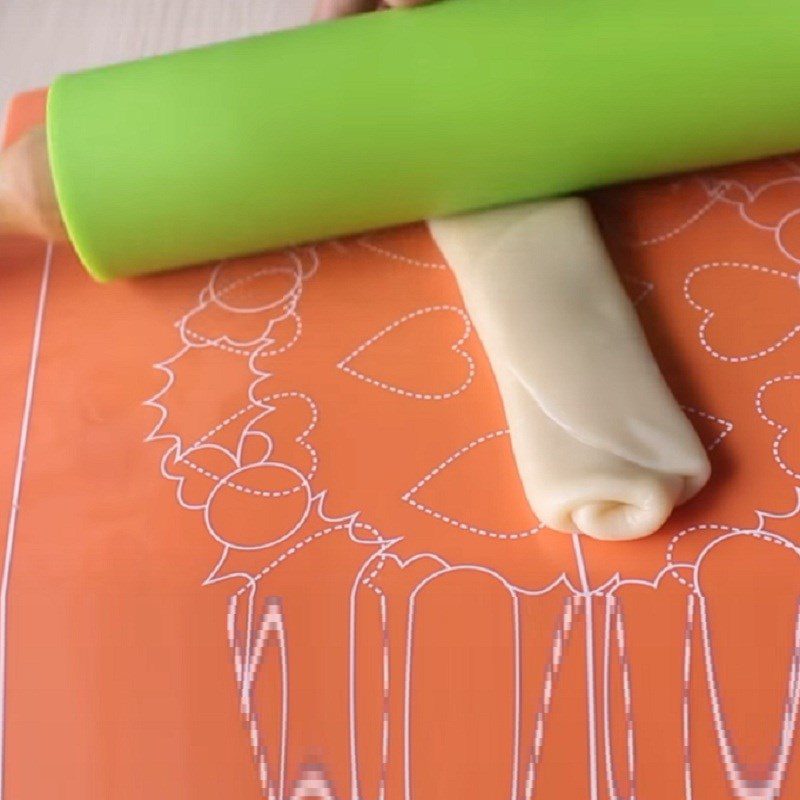
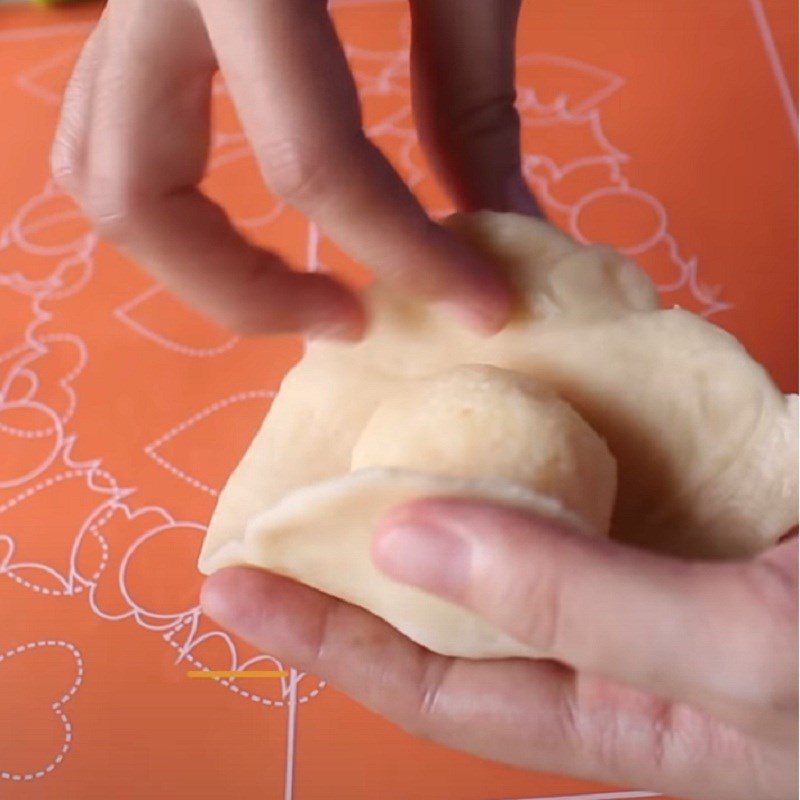

-
Baking the cake
Preheat the oven to 170 degrees Celsius for 10 minutes to stabilize the temperature.
Arrange the cakes on the tray with the printed side facing down, then place the cakes in the oven at 170 degrees Celsius for 15 minutes.
Crack one egg into a bowl, add 1/2 teaspoon of water, 1/3 teaspoon of sesame oil, and beat the egg until smooth.
After baking for 15 minutes, take the cakes out, let them cool slightly, then flip them over so the printed side is facing up, and brush a thin, even layer of egg on top. Place the cakes back in the oven and bake at 170 degrees Celsius for an additional 10 minutes.
Note: Wait for the cakes to cool before brushing with egg, as hot cakes will cook the egg. Brush a thin layer of egg, not too thick, to avoid creating uneven textures from the cooked egg on the cake’s surface.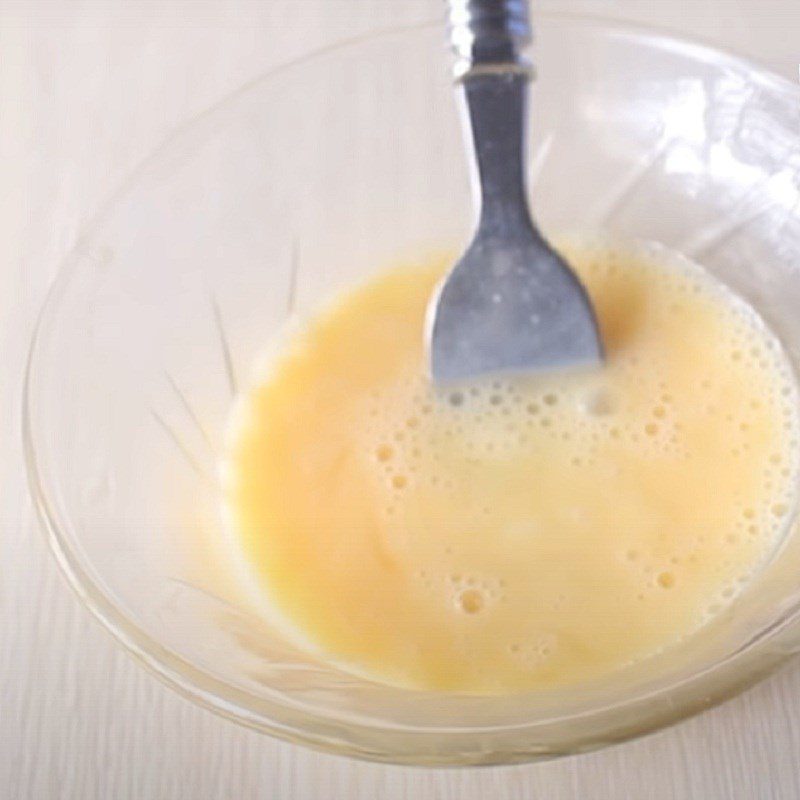
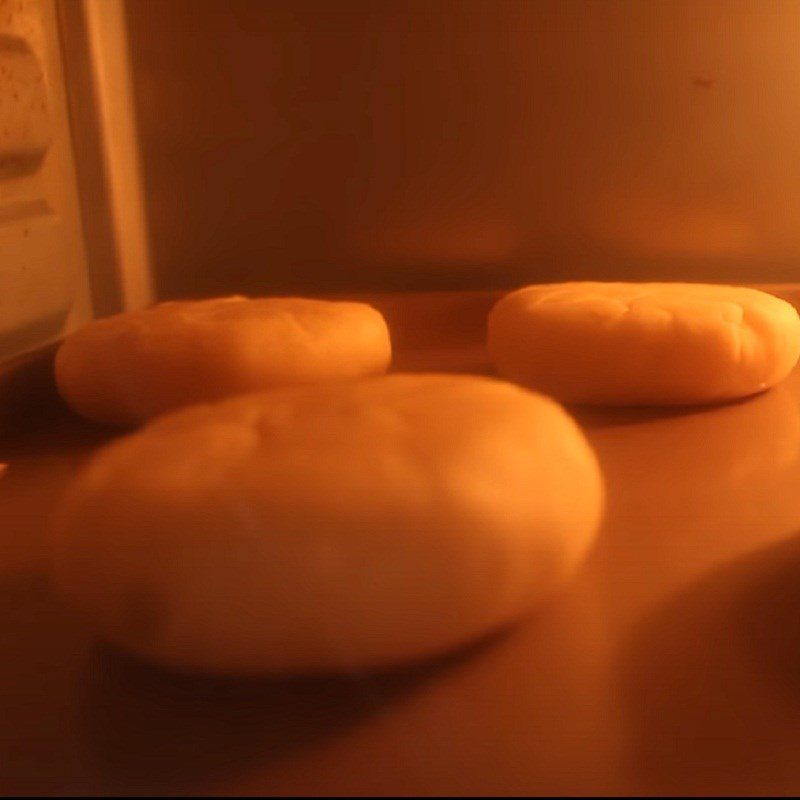
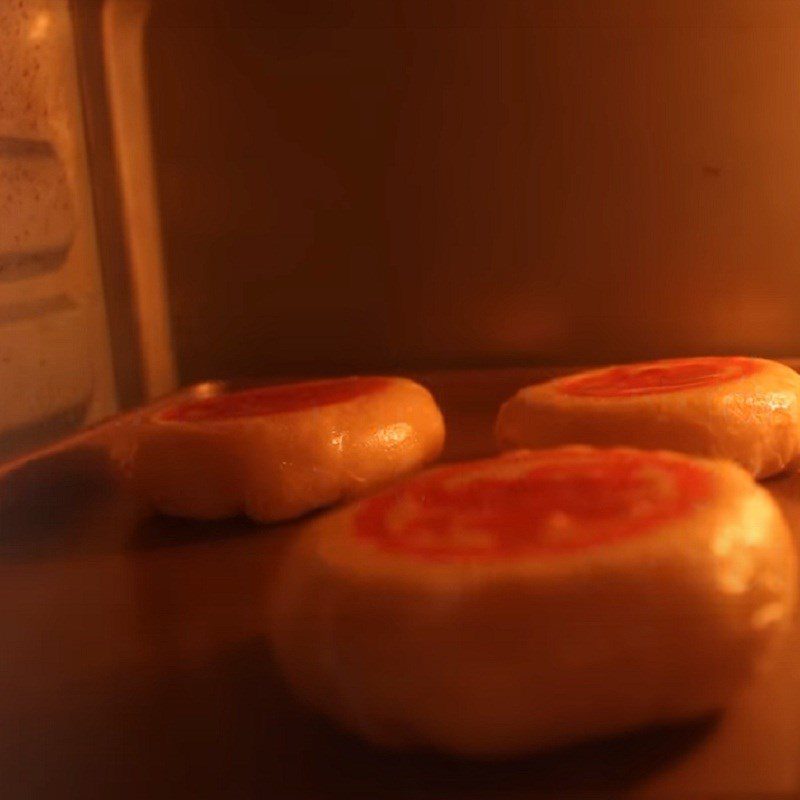
-
Final product
The pia cake with coconut milk filling has a lightly sweet, multi-layered crust along with a rich and fragrant coconut filling that is incredibly appealing. Wait for the cake to cool and enjoy it with a bit of hot tea for the best experience!
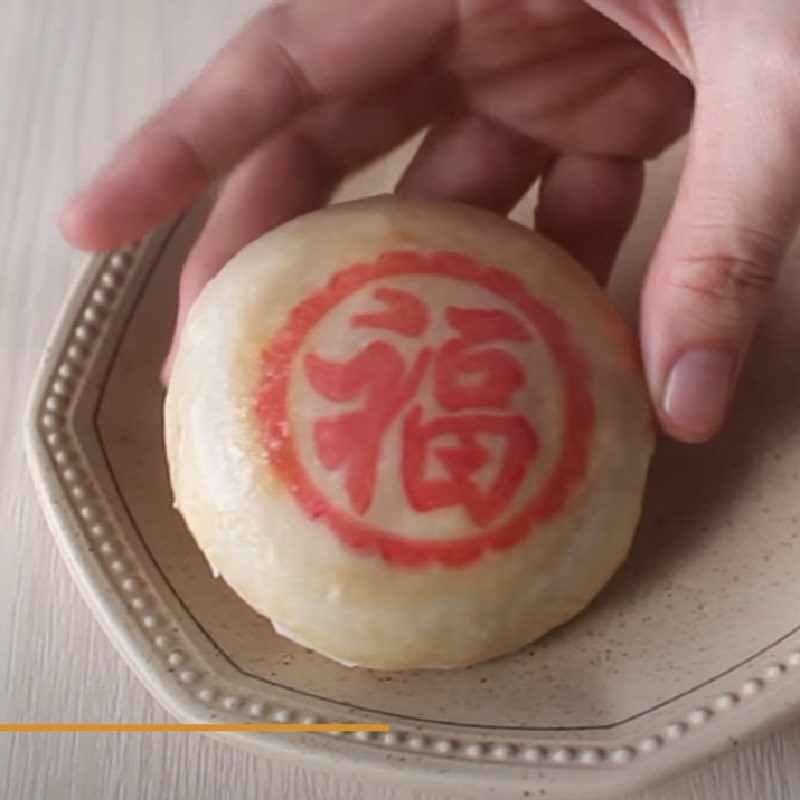
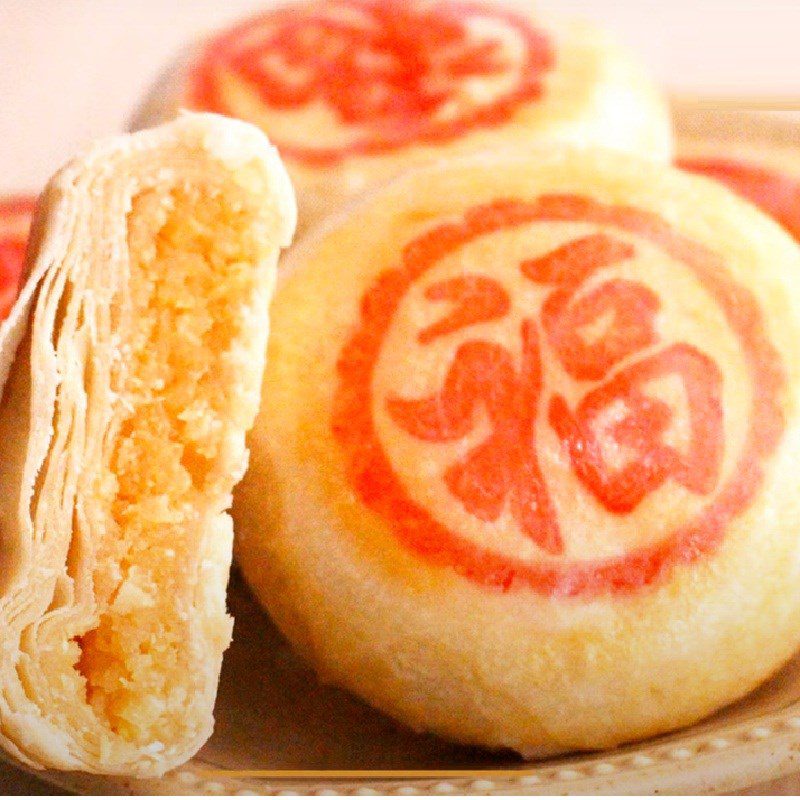
The coconut milk-filled pia cake will taste better if stored in the refrigerator after 3 days, the crust will be crispier and have a clear layer separation.
To preserve the pia cake, place it in a covered container, store it in the refrigerator, and consume it within 2 weeks.
If you are a sweet tooth, you cannot miss the coconut milk pia cake, so head to the kitchen and make it right away. Wishing you success!
*Refer to images and recipes from the Youtube channel: Nhung Cooking
